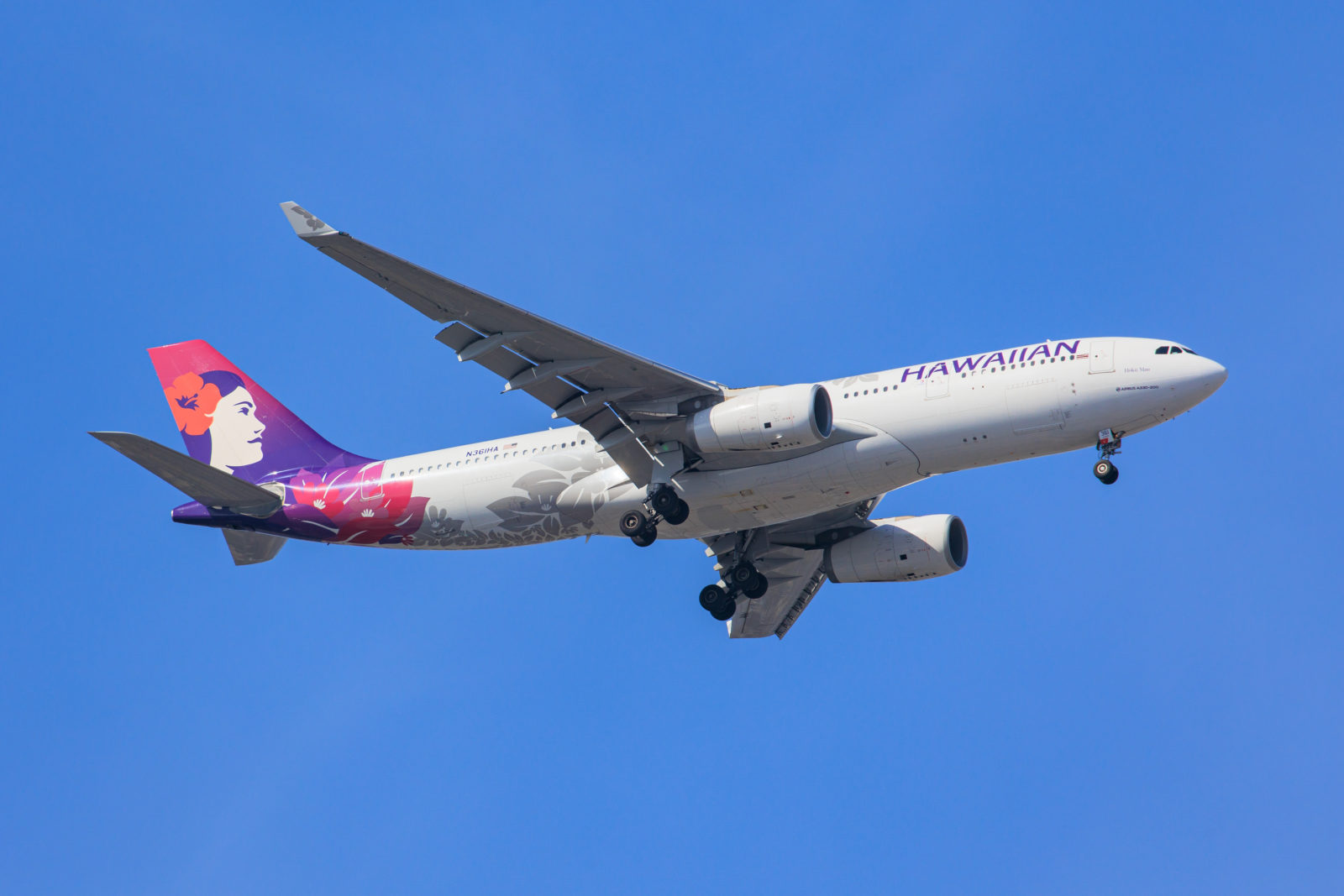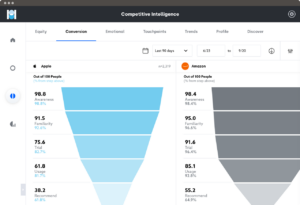Brief • 3 min Read

Hawaiian Air felt the aloha spirit last quarter, ranking first in Q2’s list of top growth travel brands. Using QuestBrand data, Hawaiian Air experienced overall brand equity growth of 1.5%, the largest of any travel and hospitality brand.
Brand equity measures consumers’ perceived value of a brand based on four critical components: familiarity, quality, consideration, and momentum. Hawaiian Airlines’ greatest increase was seen in consumers’ overall perceived quality of their brand (+2.3%), followed by familiarity with the Hawaiian Airlines brand (+1.5%), increased consideration in purchase (+1.3%), and momentum (+1.1%), showing that consumers think the Hawaiian Airlines brand is taking off.
Contributing to consumers’ enthusiasm for the brand, Hawaiian Air embraced technological advancement last quarter, announcing strategic partnerships with two cutting-edge companies, Starlink and REGENT. This popular air carrier caught consumers’ attention as it fearlessly looked towards exciting future possibilities instead of playing it safe with tried and true technologies.
Want to read more about emerging travel industry trends? Check out our Travel & Hospitality: An Industry Snapshot report for insights and brand rankings.
In-flight Wi-Fi, courtesy of Elon Musk
In April, Hawaiian Airlines announced a partnership with Elon Musk’s internet company Starlink (part of SpaceX).
Hawaiian Airlines is the first major airline to partner with Starlink, and to take advantage of the company’s web of low orbit satellites. Starlink’s satellite structure provides a more reliable, and lower latency internet experience. (Latency measures the amount of time it takes data to travel from the satellite to the internet user. With lower latency internet, Hawaiian Airlines passengers can expect more responsive service.)
With Starlink Wi-Fi, passengers will be able to play games, work, and stream online content on Hawaiian Airlines’ trans-Pacific flights. Hawaiian Airlines expects to begin installing Starlink services on select planes (Airbus A330, Airbus A32, and Boeing 787-9) in 2023. They do not plan on adding Starlink services to aircraft that only service short flights between the Hawaiian Islands.
Electric seagliders: interisland transportation of the future
In May, seaglider manufacturer REGENT announced that Hawaiian Airlines will be investing in the design phase of their 100-passenger seaglider, the Monarch. Hawaiian Airlines is REGENT’s first U.S.-based investment partner for the Monarch project.
REGENT develops all-electric seagliders and looks to revolutionize Hawaiian Air’s ability to sustainably transport passengers interisland. The Monarch will be REGENT’s largest seaglider. Their current project, the Viceroy, carries 12 passengers and 2 crew members.
With this new seaglider, Hawaiian Airlines hopes to offer a zero-emission option for interisland travel. Seagliders will also benefit island residents by providing a quieter form of transportation than traditional planes and helicopters, resulting in less noise pollution.
The Monarch is in the initial design phase and is not expected to be ready for commercial service until near the end of the decade (2028).
Entering the post-COVID travel era with a bang
Late-March 2022, Hawaii relaxed their COVID-era travel restrictions that had required passengers to take a COVID test or to show proof of vaccination to avoid a five-day quarantine upon arrival.
Relaxing restrictions, in addition to the Airlines’ exciting technological announcements, has positively put Hawaiian travel, and Hawaiian Airlines, at the forefront of consumers’ minds.
In the upcoming years, we will have to closely watch consumers’ reactions towards the rolled-out advancements, and see whether other major carriers follow Hawaiian Airlines’ example.
Subscribe for more Insights
Subscribe to our newsletter for the latest trends in business, politics, culture, and more.

Related Content









